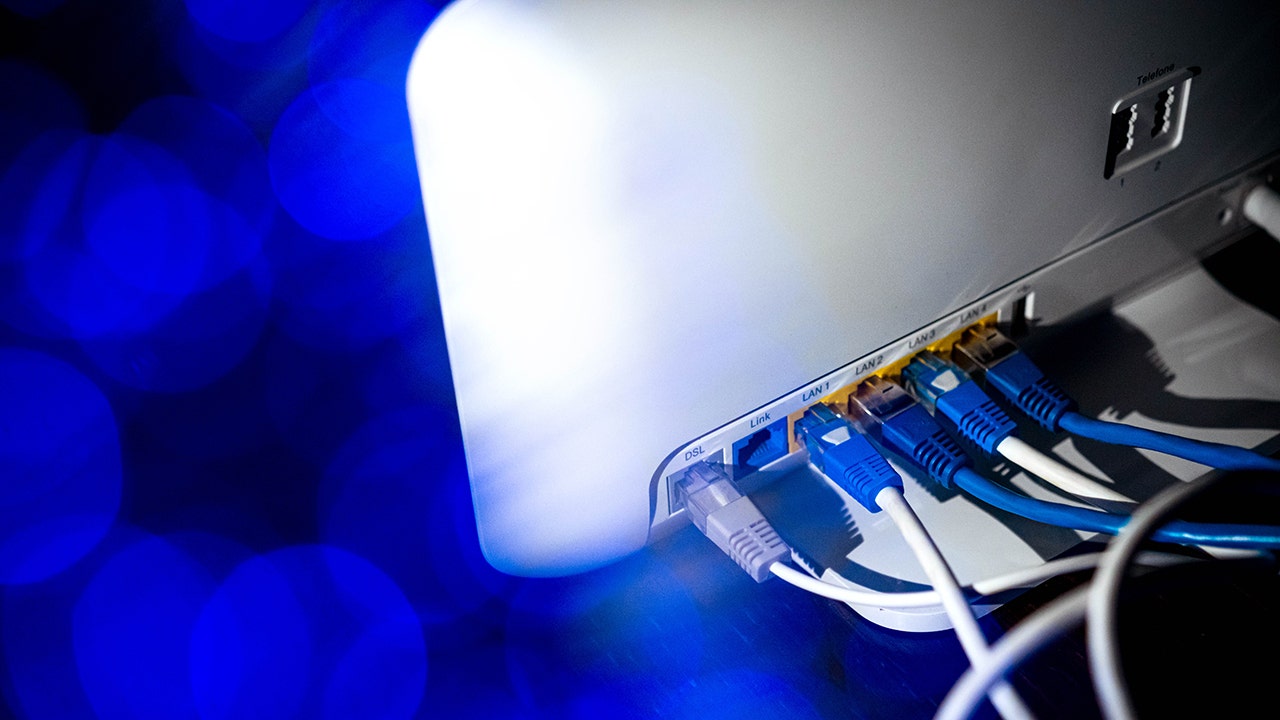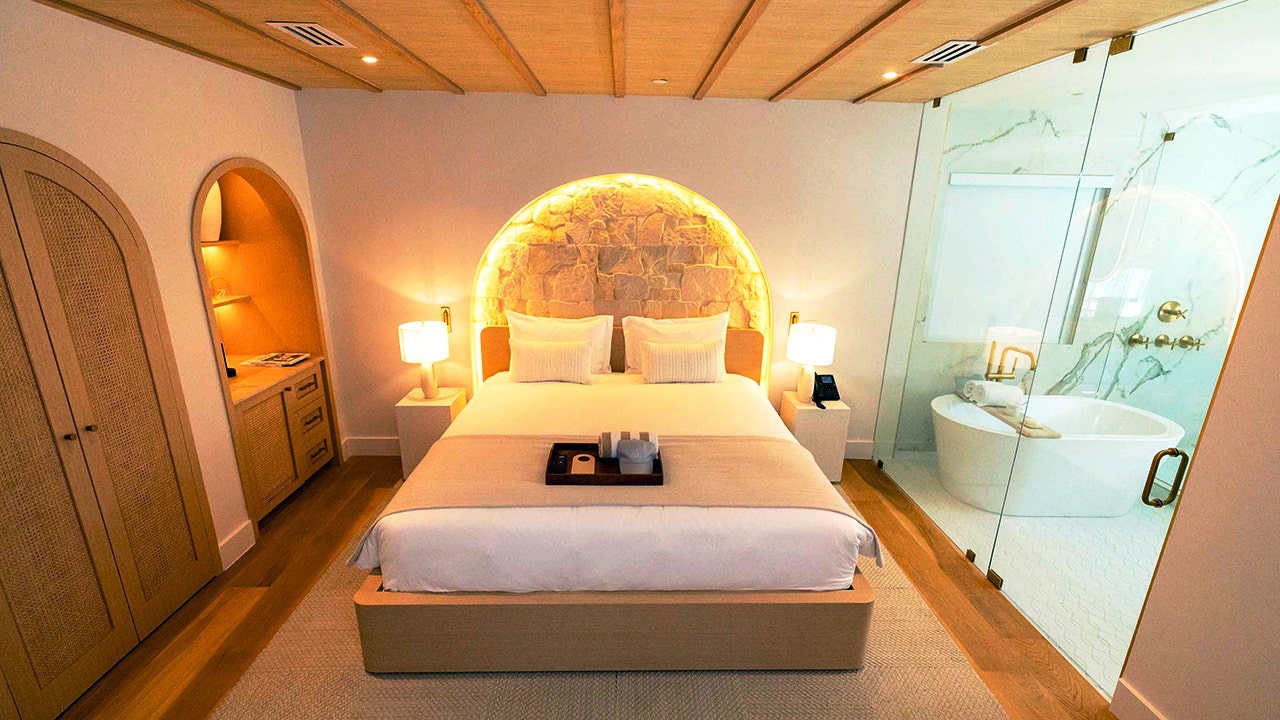How to photograph the eclipse without frying your phone
In a few weeks’ time, Philippe Moussette will travel thousands of kilometres from his home in chilly Quebec City to the heat of Dallas, Texas, with what most people would consider to be a staggering amount of camera gear.
The centrepiece will be a telephoto lens almost as long the photographer’s torso and nearly as heavy as a small bowling ball: the Canon R3 RF 600mm f4, a behemoth valued just under $13,000.
Moussette, an astronomy photographer for more than 30 years, is heading south to photograph the total solar eclipse on April 8 — a rare celestial event in which the moon aligns perfectly to briefly block out the sun, temporarily plunging cities and towns along the “path of totality” into darkness.
While Quebec City and Dallas are both in that path, Moussette booked his trip because the phenomenon will last 51 seconds longer in Texas.
Though you don’t need a telephoto lens the size of your torso to photograph the eclipse, both photographers and space agencies say that to capture the phenomenon, people should use proper equipment to avoid damaging their eyes and phones.
Don’t risk damaging phones, photographer says
Partial solar eclipses, as well as total and partial lunar eclipses, happen fairly regularly in North America, but total solar eclipses are rarer. With a few weeks to go, people have been trading stories online about where to find the best vantage point, how to take the best photo and whether you can fry your phone by pointing it straight at the sun.
The answer for the latter is straightforward.
“Common sense kind of tells you if you shouldn’t be looking at the sun, it’s probably not that great for your camera either,” said Dave Chidley, a photojournalist and instructor based in Alberta, who notes that cameras pointed directly at the sun will be taking “an incredible amount of light and/or heat.”
“I wouldn’t risk my $1,000 cell phone.”
Dave Chidley, an Alberta-based photojournalist and photography instructor, says he wouldn’t risk damaging your phone to take a picture of the total solar eclipse on April 8.
Space agencies and ophthalmologists agree that looking at a partial solar eclipse without approved eye protection can cause lasting eye damage. The Canadian Space Agency and NASA both have extended advice for protecting your vision.
Though both Chidley and Moussette advise against using phones to photograph the eclipse, they acknowledge that people will probably try anyway and recommend taking precautions. During the partial phase of the eclipse as the moon crosses the sun, you’ll need to use a solar filter to protect your phone’s camera just as you’ll need eclipse glasses to protect your eyes.
At totality, when the moon completely blocks the sun, you’ll have to remove the filter if you want to be able to see the sun’s outer atmosphere — a white ring called the corona.

That eerie phase of the eclipse will only be visible from what’s called the “path of totality,” a strip of land from Texas to the eastern coast of Newfoundland. Some cities and towns in Ontario, Quebec, New Brunswick, Nova Scotia and Prince Edward Island will go dark, but not for long — totality will only last four and a half minutes or less, depending on location.
In Quebec City, the moon will cover the sun for about three minutes and 30 seconds. In Dallas, it’ll be four minutes and 21 seconds.
Once even a sliver of the sun reappears, you’ll need filters back in place for your eyes and camera.
Robert Cockcroft, the director of McMaster University’s William J. McCallion Planetarium, shares why the Hamilton-Niagara region will be the best in Ontario from which to view the April 8 eclipse. He also explains why this eclipse will be a big deal, and how to view it safely.
Cover phone’s lens with eclipse glasses
Moussette and Chidley say the easiest way to protect your phone is to cover its camera lens with your solar eclipse glasses. Those with slightly bigger budgets can employ a larger filter from a camera store for protection and use a tripod to prevent blurry pictures.
“You can put the phone in your [eclipse] glasses and take a picture. It’s possible, but I recommend you use a filter,” said Moussette, who started his astronomy photography career on a Minolta SRT 100 film camera in 1998.
Both photographers agreed the most memorable photos taken during an eclipse are usually focused on the human experience.
On assignment during the partial solar eclipses visible from Ontario in 2017, Chidley focused on capturing the mood: light filtering through the leaves of trees to leave mini crescent shadows all over the ground or children scurrying around with cereal boxes turned into pinhole cameras.

“It was phenomenal. There were hundreds of people there running around with their goggles on and pretending they’re in a sci-fi movie,” he said.
Next month, Moussette will travel to Dallas early to scope out the best vantage point and set up his gear hours in advance. He holds a deep appreciation for the experience.
“You can take a few pictures, but appreciate the phenomenon,” he said. “It is a great event of life.”
The Royal Astronomical Society of Canada’s Victor Abraham demonstrates how to make a pinhole projector — one way to safely watch the eclipse on April 8. He says to use a long box for the best projection.







